Papaya Herbicide Problems: Treating Symptoms Of Papaya Herbicide Injury
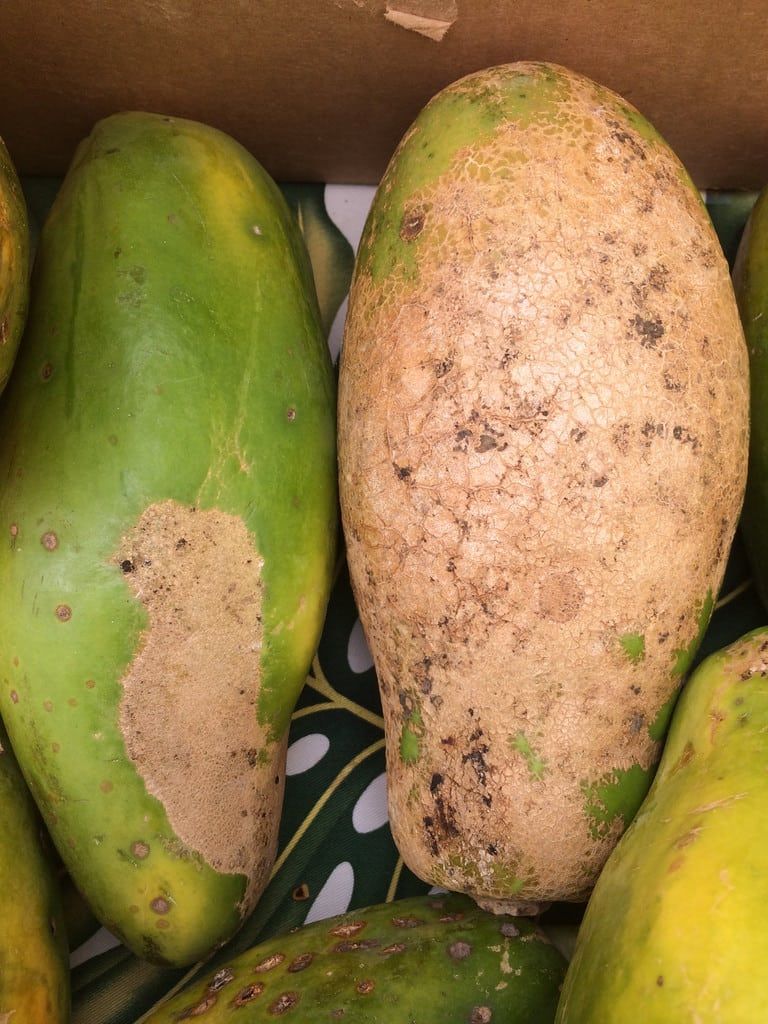

Papaya seedlings are slow to establish and their growth can be quickly outpaced by weeds, so most growers find that some type of weed control is imperative. Unfortunately, papayas are shallow-rooted and papaya damage from herbicides is always a risk. Understanding papaya herbicide problems may help you prevent and mitigate herbicide injury of papaya. Read on to learn more.
Papaya and Weed Killers
Signs of papaya damage from herbicides may differ depending on stage of growth, plant size, temperature, relative humidity, soil moisture, and type of herbicide used. Papaya herbicide injury may affect blooms, leaves, stems, and fruit. Common symptoms of papaya herbicide injury include the following:
- Cupping or curling of lower leaves
- Mottled and discolored leaves
- Stem dieback
- Poor fruit quality
- Spots or freckles on fruit, sometimes with water-soaked appearance
- Reduced yield
Treating Papaya Herbicide Problems
There may not be a lot you can do if your papaya tree is severely injured by herbicides, and in some cases, damage can show up for years to come. The good news is that extra care for next few months may pull a lightly damaged tree out of the danger zone. Fertilize in spring and continue to keep weeds in check. Water properly, especially during dry conditions. Keep a close watch for insects and disease. Preventing papaya damage from herbicides includes thoroughly reading and following the directions on product labels. Never apply herbicides when the wind is blowing toward papaya trees. Ideally, herbicides should be applied when a slight breeze is blowing in the opposite direction. Follow label recommendations regarding temperature to minimize risk of vaporization. Clean the tank and sprayer thoroughly between uses. The label will have recommendations on the best ways of achieving this. Use application techniques that minimize fine droplets or mist. For example, use a wide-angle nozzle with proper tips. Apply herbicides at lower pressure with the nozzle close to the ground.
Gardening tips, videos, info and more delivered right to your inbox!
Sign up for the Gardening Know How newsletter today and receive a free copy of our e-book "How to Grow Delicious Tomatoes".

A Credentialed Garden Writer, Mary H. Dyer was with Gardening Know How in the very beginning, publishing articles as early as 2007.
-
 How To Grow Strawberries From A Strawberry: All You Need To Cultivate Yummy Fruits
How To Grow Strawberries From A Strawberry: All You Need To Cultivate Yummy FruitsYou may know how to grow strawberries from small plants or runners – but what about growing from the fruit? Here we show you how to grow strawberries from a strawberry
By Mary Ellen Ellis
-
 Best Tomatoes For Containers: 10 Tastiest Varieties For Plentiful Produce In Compact Areas
Best Tomatoes For Containers: 10 Tastiest Varieties For Plentiful Produce In Compact AreasThese are the best tomatoes for containers that prove you don't need to have a large space or elaborate garden to grow delicious produce.
By Bonnie L. Grant
-
 Papaya Fruit Uses – Learn What To Do With Papaya Post Harvest
Papaya Fruit Uses – Learn What To Do With Papaya Post HarvestSo here you are with a bumper crop of papaya fruit. Don’t worry -- we’ve compiled a list of what to use papaya for.
By Amy Grant
-
 Papaya Harvest Time: Tips For Picking Papaya Fruits
Papaya Harvest Time: Tips For Picking Papaya FruitsGrowing papaya? Click here for tips on when it’s time to start harvesting papaya fruit and information on various papaya harvesting methods.
By Teo Spengler
-
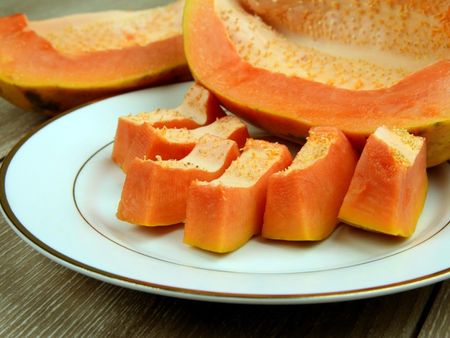 No Seeds Inside Papaya – What Does A Papaya Without Seeds Mean
No Seeds Inside Papaya – What Does A Papaya Without Seeds MeanPapayas are notoriously laden with seeds, so what if you get a papaya without seeds? To learn what causes seedless papayas, click here.
By Teo Spengler
-
What Causes Papaya Stem Rot – Learn About Pythium Rot Of Papaya Trees
Papaya stem rot is a serious problem that often affects young trees but can take down mature trees as well. But what is papaya pythium rot, and how can it be stopped? Click this article to learn more about papaya pythium fungus problems.
By Liz Baessler
-
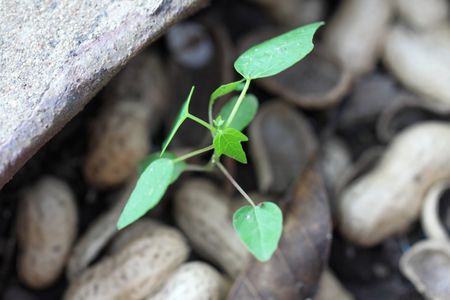 My Papaya Seedlings Are Failing: What Causes Papaya Damping Off
My Papaya Seedlings Are Failing: What Causes Papaya Damping OffWhen growing papaya from seed, you may come across a serious problem: papaya seedlings failing. They look water-soaked, then shrivel, dry, and die. This is damping off, and it is a fungal disease that can be prevented with good cultural practices. Learn more here.
By Mary Ellen Ellis
-
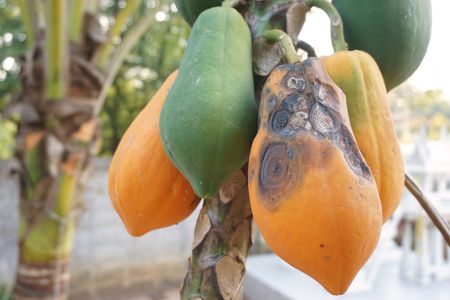 Anthracnose Of Papaya Trees: Learn About Papaya Anthracnose Control
Anthracnose Of Papaya Trees: Learn About Papaya Anthracnose ControlWhen you see sunken spots on papaya fruit, you may be dealing with anthracnose of papaya trees. But with some cultural practices, papaya anthracnose control in the home orchard isn’t difficult. Click this article for tips on treating papaya anthracnose.
By Teo Spengler
-
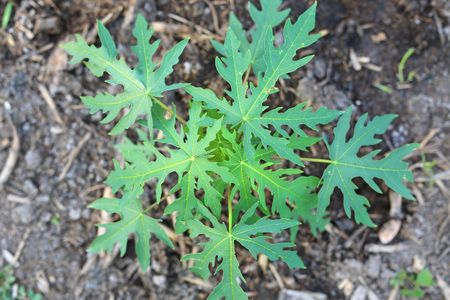 Papaya Seedlings Damping Off – Learn About Papaya Damping Off Treatment
Papaya Seedlings Damping Off – Learn About Papaya Damping Off TreatmentPapaya seedlings damping off can mean the end of the crop as the fungus eventually rots out the stem. What causes papaya damping off and how can you prevent it? Click on the following article for more information.
By Bonnie L. Grant
-
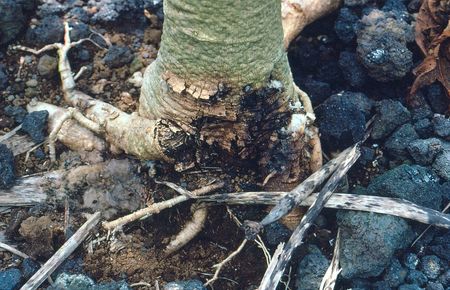 Papaya Stem Rot Symptoms – How To Manage Stem Rot On Papaya Trees
Papaya Stem Rot Symptoms – How To Manage Stem Rot On Papaya TreesPapaya stem rot can be a serious problem if not addressed properly. The following article provides information on what causes papaya stem rot and tips for controlling papaya stem rot disease. Click here to learn more.
By Liz Baessler